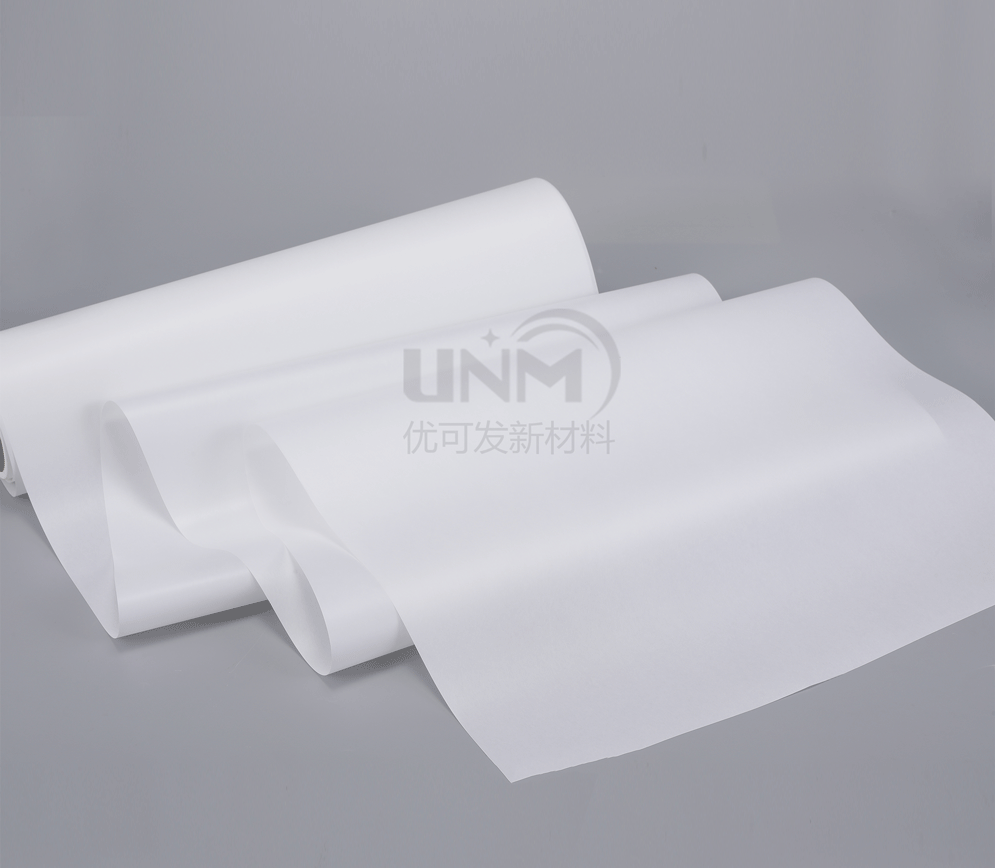Industrial wastewater refers to the wastewater, sewage and waste liquid produced during the industrial production process, which contains industrial production materials, intermediate products and products lost with water, as well as wastewater produced during the production process. of pollutants. With the rapid development of industry, the type and quantity of wastewater have increased rapidly, and the pollution of water bodies has become increasingly widespread and serious, threatening human health and safety. For environmental protection, the treatment of industrial wastewater is more important than the treatment of urban sewage. When it comes to water treatment, we cannot do without the important role of Japanese Ro reverse osmosis support cloth.

The methods for treating sewage usually include: biological method, BR process, MBR process, electrolysis process, and ion exchange method , membrane separation method, etc. Membrane separation technology is a new separation technology that uses the difference in selective permeability of each component in the mixture to separate, purify and concentrate target substances. Currently commonly used membrane technologies include ultrafiltration, microfiltration, electrodialysis and reverse osmosis. Among them, ultrafiltration and microfiltration cannot remove the salt in the sewage very well when used for the treatment of industrial wastewater, but they can well intercept suspended solids (SS) and colloidal COD; electrodialysis (electrodialysis) and reverse osmosis (RO) Technology is a very good and commonly used desalination technology.
The main difficulties in the application and promotion of membrane technology engineering are the high cost of membrane, short life, susceptibility to contamination and scaling and clogging. wait. With the development of membrane production technology, membrane technology will be increasingly used in the field of wastewater treatment.
The Japan Ro reverse osmosis support cloth supplied and sold can be used as a support material for membrane separation technology materials. The material has high strength and cleanliness. It has the characteristics of high strength, good flatness, large filtering area, good temperature resistance and strong acid resistance. Japanese Ro reverse osmosis support fabric breaks through the traditional textile principles, avoids complicated processes with high labor intensity and low production efficiency such as carding, spinning, and weaving, and rationally utilizes the wet method of papermaking Web-forming technology allows fibers to be formed into a web and shaped at one time on a paper machine to form a product. The process of PET wet-laid non-woven fabric is wet-laid, which is a fiber web made by collecting suspended fibers in a water tank, and then a series of processes such as solid web to form a paper-like non-woven fabric. Interested parties are welcome to enter the store and consult us.
</p





